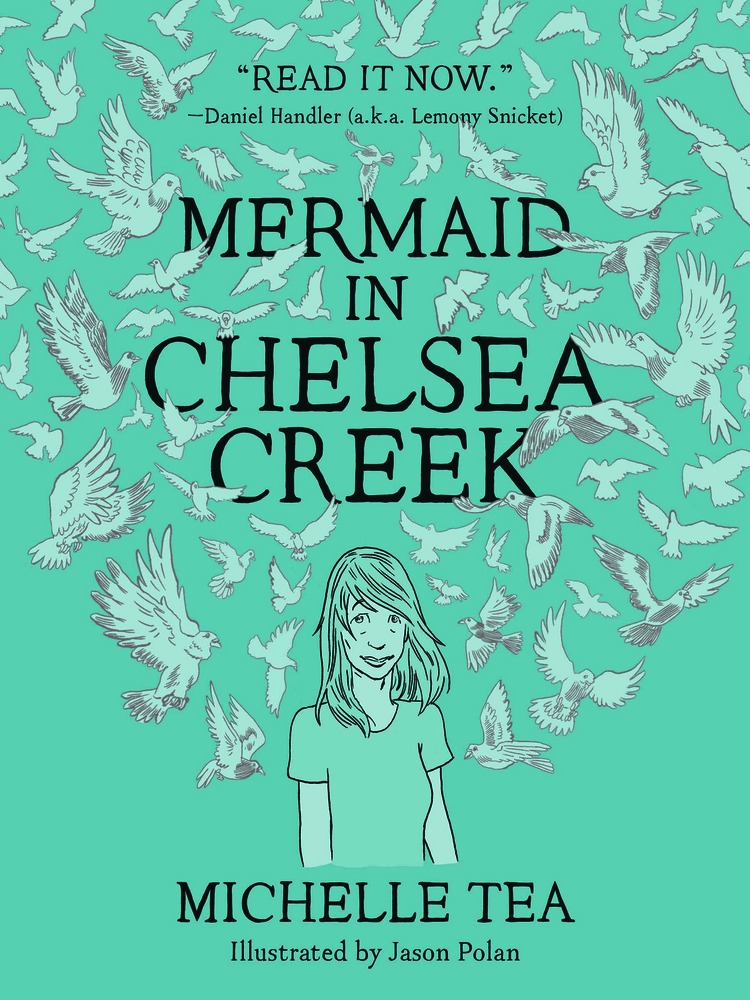Salt Fish Girl by Larissa Lai is a gooey treat of a book, full of nauseating smells, intoxicating feelings and so much juicy/murky/enticing fluid. In other words it was really great, even better than The Tiger Flu (2018) in my opinion, which I read last year and enjoyed immensely too. Both novels in fact share certain preoccupations with gross bodily queerness as well as dystopian capitalist futures and clones.
Published in 2002, the novel tells a dual or even quadruple story at once. It floats out of time frames, bodies and characters but the main focal points are two protagonists. Nu Wa & her story, generally in nineteenth century China, and her experience falling in love with the salt fish girl who works at the market and Miranda, who’s growing up in the technocapitalist Pacific Northwest from 2042 onwards, and who has the pungent smell of the durian fruit constantly emanating from her whole being and whose family is trying to find a cure.
I was prepared to love the book, it had been recommended to me by a friend, and, as I said I’d already enjoyed another of Lai’s novels. From the first lines I knew I would like it–lines on the first page about loneliness and primordial sludge made me pause with wonder. I was sold; “It was a murkier sort of solitude, silent with the wet sleep of the unformed world,” writes Lai. Salt Fish Girl has this incredible, in many ways relatable, blending of a gross, pervasive sickness/smell with a sensitive, handsy queerness that vibrantly articulates something very truthful, I felt, about the experience of being a child dyke. Full of clumsy encounters and fraught yet attempting-to-be-loving relationships which the novel clung to me, and I took, much like the smell of durians following Miranda, to bringing the book with me into any room or space that I went to, whether or not I actually did any reading.
The novel is about sickness, as well as about the bizarre coupling of mutation, love and reproduction (again much like The Tiger Flu). It also has mermaids and a mythic focus and swelling that was so compelling and really quick to read. The pacing never fails to feel exciting and the dual story pulls you along so that it’s hard to put the book down, each storyline pulling you along to the next installment and on and on.
Funnily enough, the compulsion that pulled me through the book, after the first few chapters settled me into the story, is how I feel about picking up another Larissa Lai novel! I’m really looking forward to reading When Fox is a Thousand, which was her debut in 1995, and rereading The Tiger Flu when I’m next near my copy.


